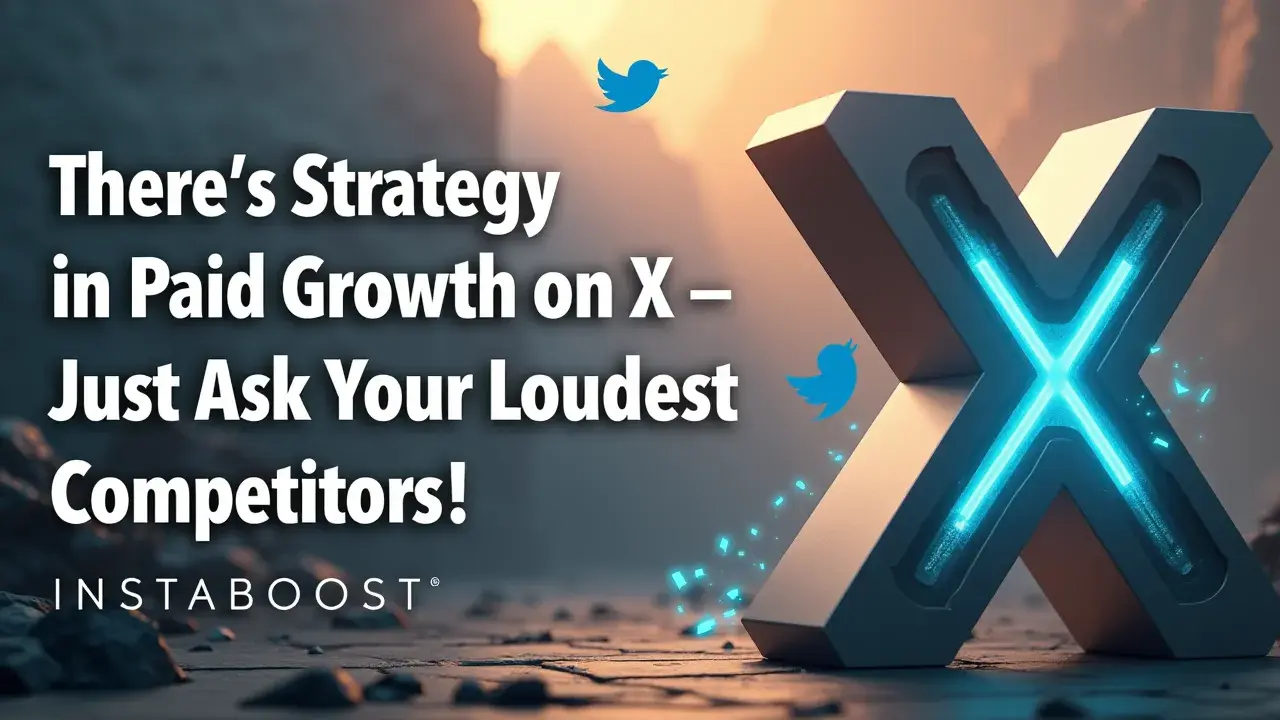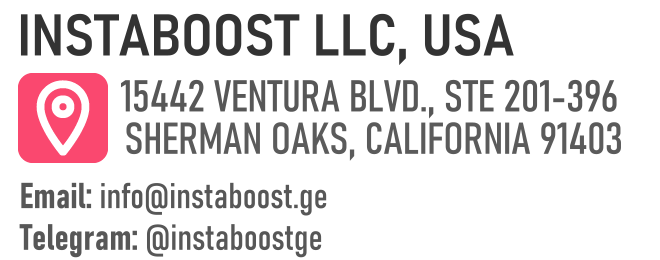Is There Strategy in Paid Growth on X (Twitter)?
Paid reach on X can drive growth when the message is clear and timely. Set a simple goal, keep the audience tight, and monitor the first 48 hours to adjust creative and spend. Small boosts that align with consistent posting and clear details can compound into durable awareness and help build momentum for verification through early engagement and profile activity. Start focused, measure early signals, and iterate to fit the audience.
Stop Treating Paid on X Like a Megaphone
Paid growth on X isn’t about cheap CPMs and shouting; it’s about showing up where conversations actually take shape. The sharp competitors already behave this way. They aren’t boosting at random – they’re putting spend into reply threads where creators hang out, search queries people use right before they decide, and the moments when a topic moves from niche to mainstream. They use paid to start loops of social proof and let organic carry it from there. That’s why you keep seeing the same names in replies, quote-tweets, and “who to follow” – paid placements that turn creator engagement into steady reach.
If you think X Ads is only timeline impressions, you’re missing where intent shows up – replies and search. A practical move: mine replies for recurring questions, turn those into a small series, and put budget behind the posts that already drive saves and follows. This isn’t a hack; it’s shaping demand. You’re not buying attention; you’re buying momentum when people are on the verge of deciding. The playbook is straightforward: target engaged followers of specific creators, boost credible replies (not only the original post), retarget people who expanded media or searched your category, and scale spend as comments turn into follows. Competitors are running a lightweight content engine from replies, using pushback to refine their message.
They win because they treat paid on X as a way to learn and distribute at the same time, not as a frequency tool, and if you need a reminder of the basics, there’s the X growth package that maps neatly onto this loop. If you want your category story – not just your handle – to travel, spend where opinions form, and let the quieter math do its work while you keep listening and adjusting.

Receipts Over Rhetoric: What the Data Actually Shows
Failures taught me more than the wins. The first time we treated paid growth on X like a megaphone, we spent money and nothing moved. The second time, we tracked everything: reply-thread vs. home timeline, search keywords vs. broad interests, creator adjacency vs. cold audiences. The pattern was obvious. When spend rode along with live conversations, assisted metrics moved: branded search lifted within 48 hours, thread-level dwell time went up, and we saw more saves and profile clicks than any broad “reach” push. We ran matched-market tests to separate impact, using the same creative and changing only placement logic.
Reply-thread buys doubled downstream follow rate and cut cost per qualified profile visit by about a third. Creator adjacency wasn’t clout-chasing; it was about relevance – showing up in comment sections where buyers are already weighing tradeoffs. Search terms just before a decision (things like “alternatives,” “pricing,” “setup”) beat broad lookalikes on click quality and post-click retention, which aligns with the kind of intent you’d probe in a brand lift study and buy niche twitter followers research context. That’s the piece your loudest competitors won’t say out loud: they’re not winning on cheap CPMs; they’re sequencing the touchpoints. Paid sparks the right micro-moments; organic carries them forward.
If you want a simple benchmark, watch three anchors: reply-thread CTR above 1.5%, profile views at more than 20% of clicks, and a 24 – 72 hour lift in branded search. Miss those and you’re shouting. Hit them and you’re running a system. Call it what it is: strategy for paid growth on X, verified by lift, not likes. Relevant search term to dig into: brand lift study and buy niche Twitter followers.
Design the Spend Like a Network, Not a Billboard
Simplicity scales; complexity collapses. Treat paid on X like routing, not blasting: one budget, three lanes, clear triggers. Lane one is reply injection – promote into high-signal creator threads only when your take actually adds something and comments are climbing 30+ per minute. Lane two is intent capture – bid on search terms that match decision points like pricing, alternatives, or “is it worth it,” then send clicks to a pinned post with screenshots, comparisons, and outcomes people can verify. Lane three is inflection hijacks – short bursts when a niche topic tips into mainstream, flagged by a 3x jump in quote-tweets from non-followers, and remember that surface metrics like fast likes for X content can be noisy signals compared to saves, replies, and branded search.
Set preconditions and exits so you aren’t guessing: if your dwell drops below the thread median, throttle; if branded search lifts for 48 hours after a push, expand; if saves and profile clicks outpace likes, move that creative into organic. This is how your loudest competitors run paid growth on X: precise placements that spark social proof loops and let conversation do the rest. The mechanics should be boring – one line of creative per lane, one deciding metric, one daily review to reallocate. You’ll see the CPM bragging fade because you’re optimizing for compound effects – thread-level authority, repeated mentions, keyword lift – not reach for its own sake. It’s strategy over volume: make small bets where conversations build pressure, then let the network carry it. For anyone searching “Twitter ads strategy,” this is the setup that moves assisted metrics without bloating spend, and it’s surprisingly quiet when it’s working.
Stop Worshipping “Organic” Purity When Your Rivals Are Buying the Angles
Turns out growth isn’t about purity; it’s about timing. The “organic-only” stance is a security blanket for teams that don’t want to learn how paid actually works on X. The loudest competitors aren’t blasting CPMs. They buy entry into conversations that are already moving, then pull replies into next week’s posts and search angles. Think pay-to-seed, not pay-to-shout. When we treated paid like routing – reply injection and intent capture – the so-called organic wins (saves, follows, branded search) showed up faster and with tighter attribution windows than any broad reach push.
That isn’t fake; it’s how the system works. Networks reward timely relevance, and paid is how you hit the timing. If you’re still saying “let great content speak for itself,” ask why your competitor’s thread reaches critical mass first.
They bought the onramp at the exact inflection: a creator’s comments pass 30 per minute, your take adds something new, and your pinned post answers the search people type after reading – pricing, alternatives, whether it’s worth it; yes, that’s the same loop people mean when they talk about momentum on X or even quietly chase ways to get more views on X without pretending it’s purely organic. That isn’t astroturfing; it’s market-making. The data backs it: matched-market tests with identical creatives and only placement logic changed shifted where the conversation went and lifted branded queries within 48 hours. If you want sustainable X growth, stop treating “organic” like a virtue and start engineering it. Paid on X, done right, is distribution math that compounds into social proof loops – what performance folks call demand capture and what brand teams call momentum.
Close the Loop or Fund Your Competitor’s Funnel
Input: You’re here. That’s rare, and it’s enough. The big miss now is treating paid on X like a one-off burst instead of a steady loop. Run it weekly: pull every fast-moving reply thread you jumped into, every intent search you caught, and every pin that actually drove clicks. Compress that into next week’s tests. You’re not buying impressions; you’re paying for prompts that show what people are actually arguing about.
Screenshot the clearest pushback, quote the sharpest praise, and ship a thread that answers both with specifics. Turn that comment friction into a pinned post update with something concrete: a timeline of how you ship, a simple pricing table, or a side-by-side teardown your rivals won’t match. Then rebid on the same decision keywords with the new proof built in. That’s how the spend compounds: reply injection gives you material, the material strengthens the pin, the pin lifts conversion and lowers cost per search click, and search exposes the next angle. Treat “organic” as the result of paid discovery, not a separate lane. Your loudest competitors on Twitter already do this: buy the angle, harvest objections, turn the learnings into assets, redeploy.
If a lane doesn’t move the pin’s CTR or reduce your cost per qualified click, cut it within 48 hours and load up on what’s working. Pick two numbers you’ll defend in a boardroom – cost to trigger a conversation and cost to win a decision – and ignore the rest. The strategy isn’t yelling louder; it’s deciding which argument shows up at the moment it matters. Run the loop for a month and see where it leads… and, if you need a reminder of how manufactured virality can distort your read on what’s working, think about that time you scrolled past the viral retweet pack chatter and realized the only signal worth paying for was the objection you could answer.















